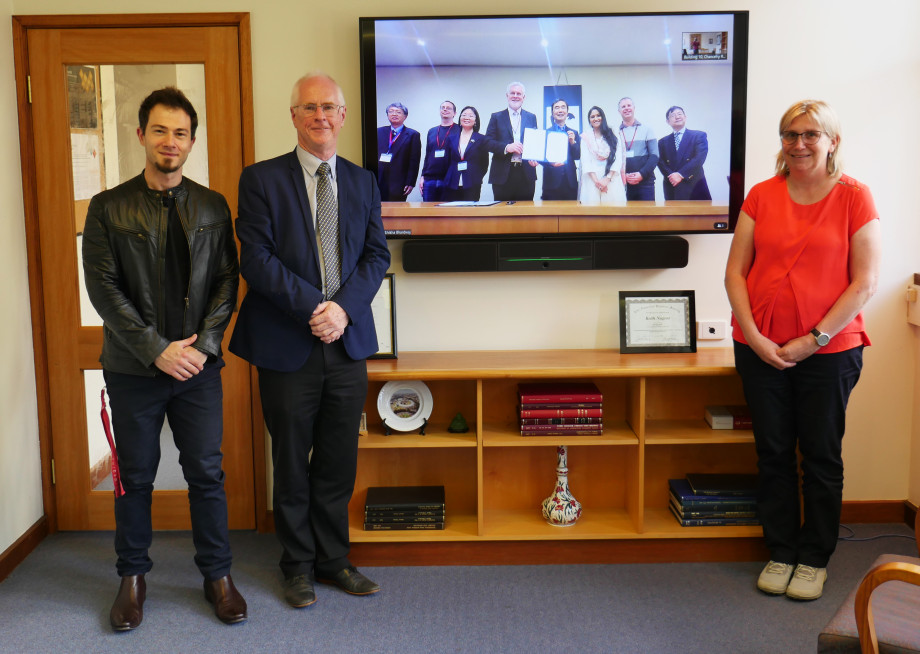Australia’s national high performance computing and data analytics facility, the National Computational Infrastructure (NCI), and the RIKEN Centre for Computational Science (R-CCS) in Kobe, Japan, are supporting world-leading computational science.
NCI and R-CCS are committing significant computational resources and expertise to support the development of the next generation of molecular modelling software. The organisations have signed a Memorandum of Understanding (MoU) outlining a program of knowledge exchange, research collaboration and technological development.
This MoU will enable Australian researcher Dr Giuseppe Barca from The Australian National University (ANU) to port his existing EXtreme-scale Electronic Structure System (EXESS) molecular modelling code onto the world’s second-most powerful supercomputer, Fugaku at RIKEN, and onto Australia’s most powerful CPU-based supercomputer, Gadi at NCI.
As EXESS can be interfaced with any existing computational chemistry package, this code porting will enable researchers around the world to benefit from its already record-breaking performance. Porting this code to the Fugaku system will enable researchers to solve grand challenges in the energy, sustainability and health sectors.
NCI Director Professor Sean Smith said, “NCI and RIKEN are close collaborators with a shared interest in future-focused technology and software development. We are thrilled to be bringing our expert teams together with ANU researchers to create next-generation performance for a piece of critical scientific code.”
R-CCS Director Professor Satoshi Matsuoka said, “Science is global, and as such to conduct top-tier research, being able to utilise the world's top-class infrastructure involving the best researchers is essential. At Riken R-CCS, we feel very privileged to be able to establish this MoU with NCI Australia and ANU, bridging the best supercomputing infrastructures and the minds of both countries. I expect a number of fruitful scientific results will be produced as a result of this collaboration.”
Standing in the room are (from left) Dr Giuseppe Barca, Professor Keith Nugent and Professor Ute Roessner from The Australian National University, and on screen are NCI and RIKEN staff, with Professor Sean Smith (left) and Professor Satoshi Matsuoka holding the signed MoU.
As the supercomputing world moves into the exascale era, at which supercomputers are capable of performing over 1 billion billion operations per second, the biggest scientific advances will come from high-performance software optimised for this next generation of machines. Collaborations, such as NCI’s with R-CCS, between researchers and technical experts will become increasingly critical to delivering on the potential of the new computing technologies.
NCI engages with its international counterpart facilities at the forefront of global computing developments, partnering to support the growing scientific use of artificial intelligence, machine learning, quantum computing and data science. This MoU further instantiates NCI’s position as a leader in supercomputing and data innovation, and further connects the broad NCI user base to the world.
The Memorandum of Understanding was signed today in Kobe, Japan and Canberra, Australia by RIKEN Center for Computational Science (R-CCS) Director Professor Satoshi Matsuoka and ANU Deputy Vice-Chancellor (Research and Innovation) Professor Keith Nugent during the 12th Workshop of the Accelerated Data Analytics and Computing Institute. Other participants of the workshop include world leaders in supercomputing and data science such as the Oak Ridge and Lawrence Livermore National Laboratories in the USA, ETH Zürich in Switzerland and CSC – IT Center for Science in Finland.
